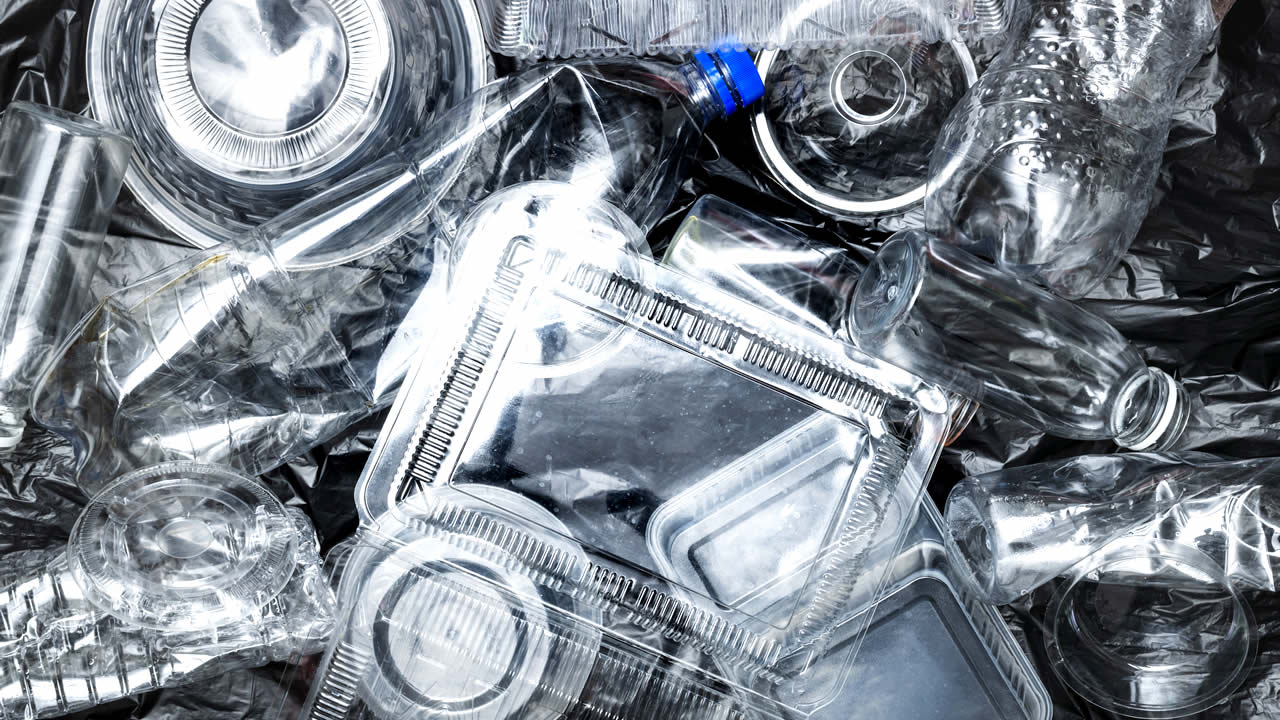Creating a breast prosthetic is a delicate and meaningful process, made to help women who’ve had mastectomies feel more comfortable, balanced, and confident.
Today, I’d love to share how we make these prosthetics with care.
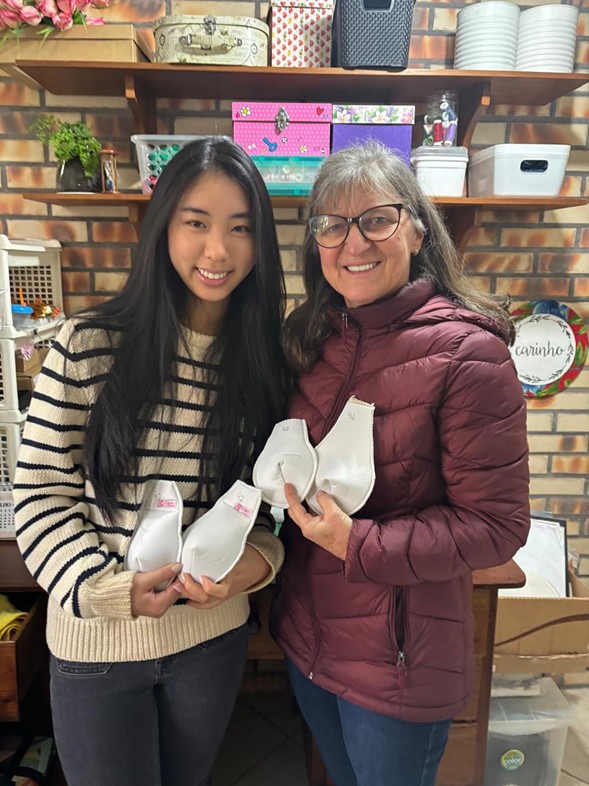
Cutting the Fabric Mold
We start by cutting the mold from soft, gentle fabric, based on the chosen size from a sizing chart. Comfort is everything, so the fabric needs to feel soft and natural against the skin.
Sewing the Edges and Center
Next, we sew around the edges and in the center, shaping the prosthetic so it fits nicely inside the bra and feels balanced.
Filling with Polyethylene Pellets: Why Polyethylene?
After sewing, we fill the mold with polyethylene pellets. These tiny pellets are important because a woman’s body naturally carries weight in the breast area — and after a mastectomy, that weight is missing.
Other fillers like tapioca pearls (sagu) have been tried, but they can’t be washed. Polyethylene pellets are durable, washable, and safe — which is why breast prosthetic groups use them. They bring back that natural balance and weight.
The quantity we add depends on the size, following a special chart.
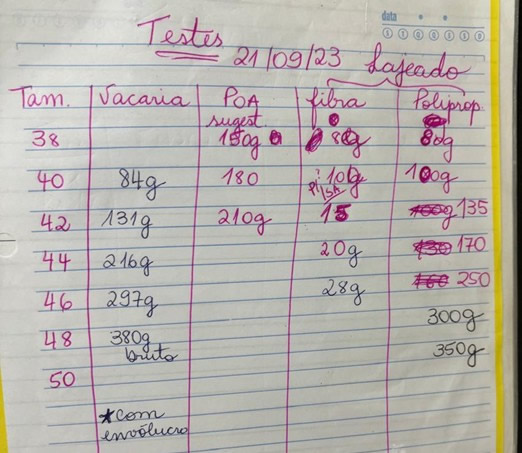
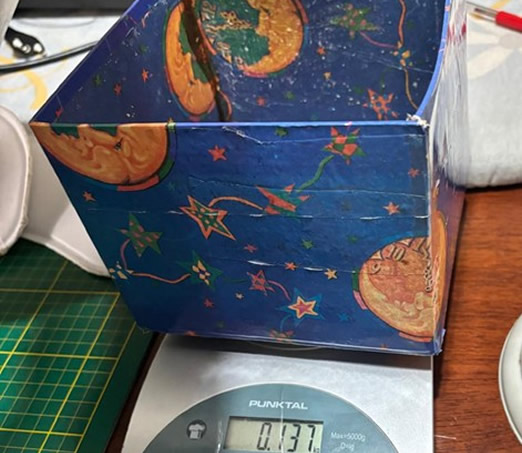
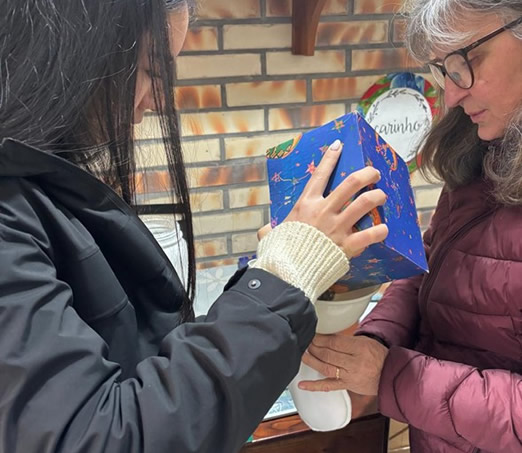
Special Fiber Prosthetics for Recovery
Right after surgery, the chest area is very sensitive. So for the first weeks (usually up to two months), we make softer prosthetics filled with fiber instead of pellets. These are lightweight and gentle, giving comfort during recovery.
Later, women can start using the pellet-filled prosthetic for a more natural weight and shape.
Finishing Touches
Finally, we sew the top closed, add the Liga Feminina label, and sew an extra seam along the top edge for durability.
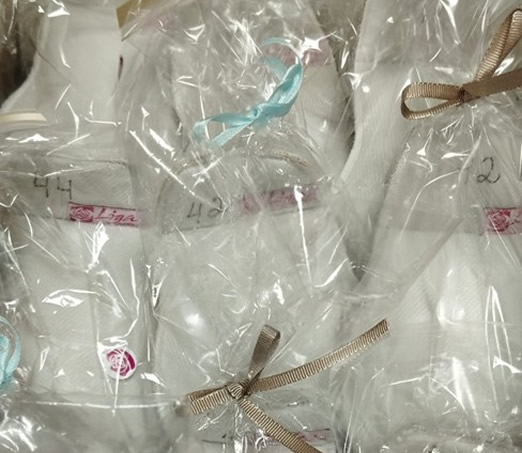
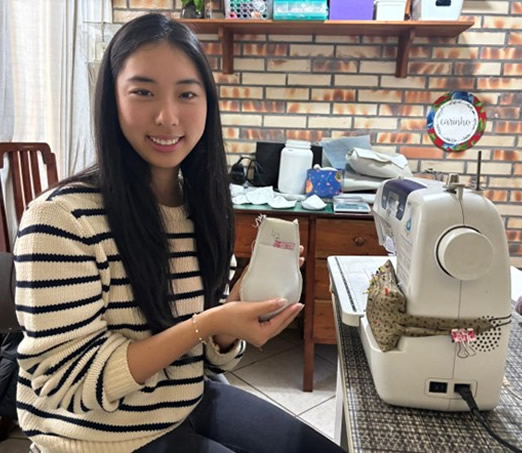
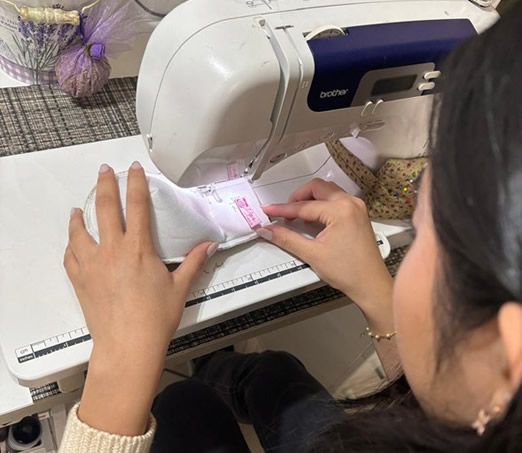
Each prosthesis we make goes far beyond fabric and pellets — it is crafted with care and compassion to help women regain comfort, self-esteem, and strength along their journey.

